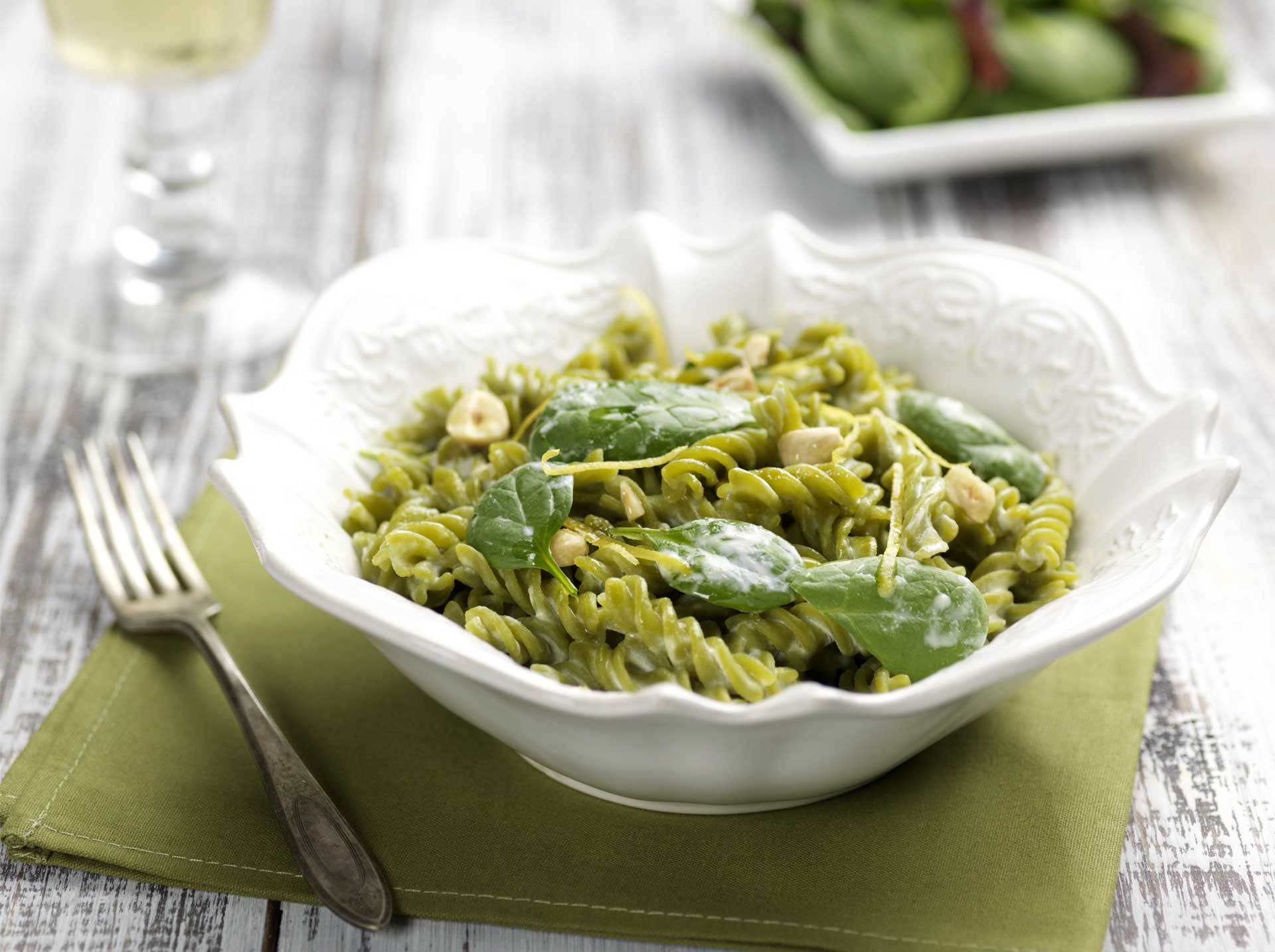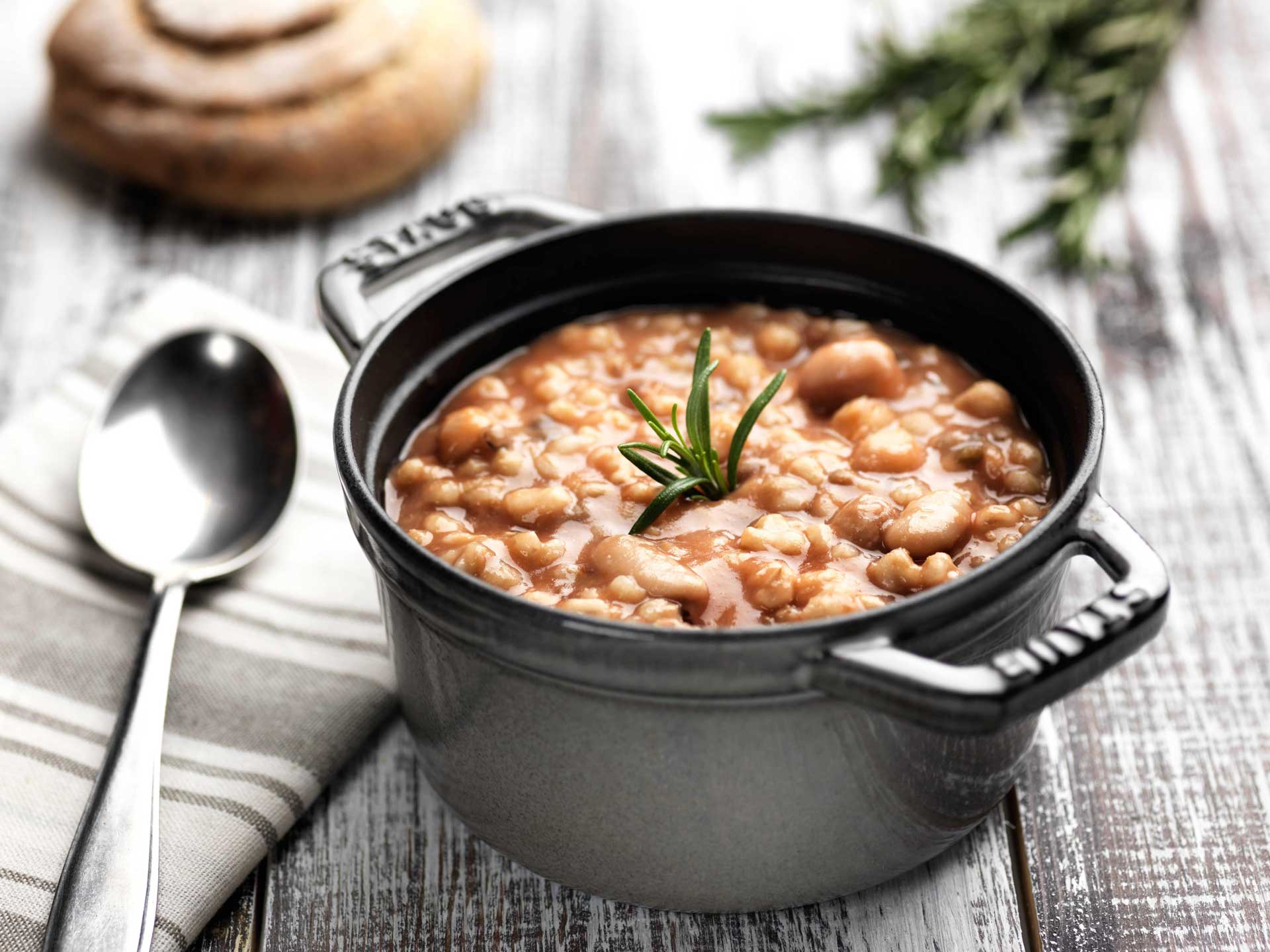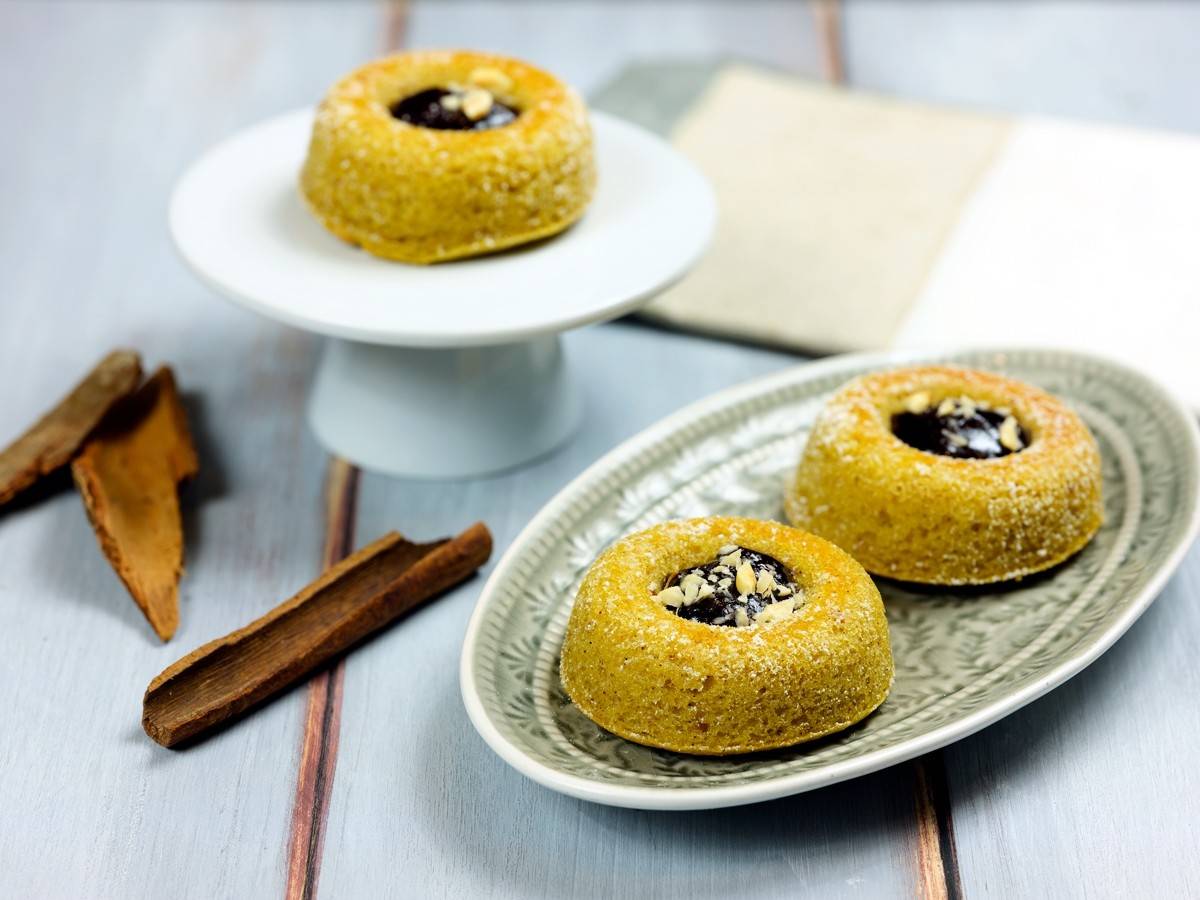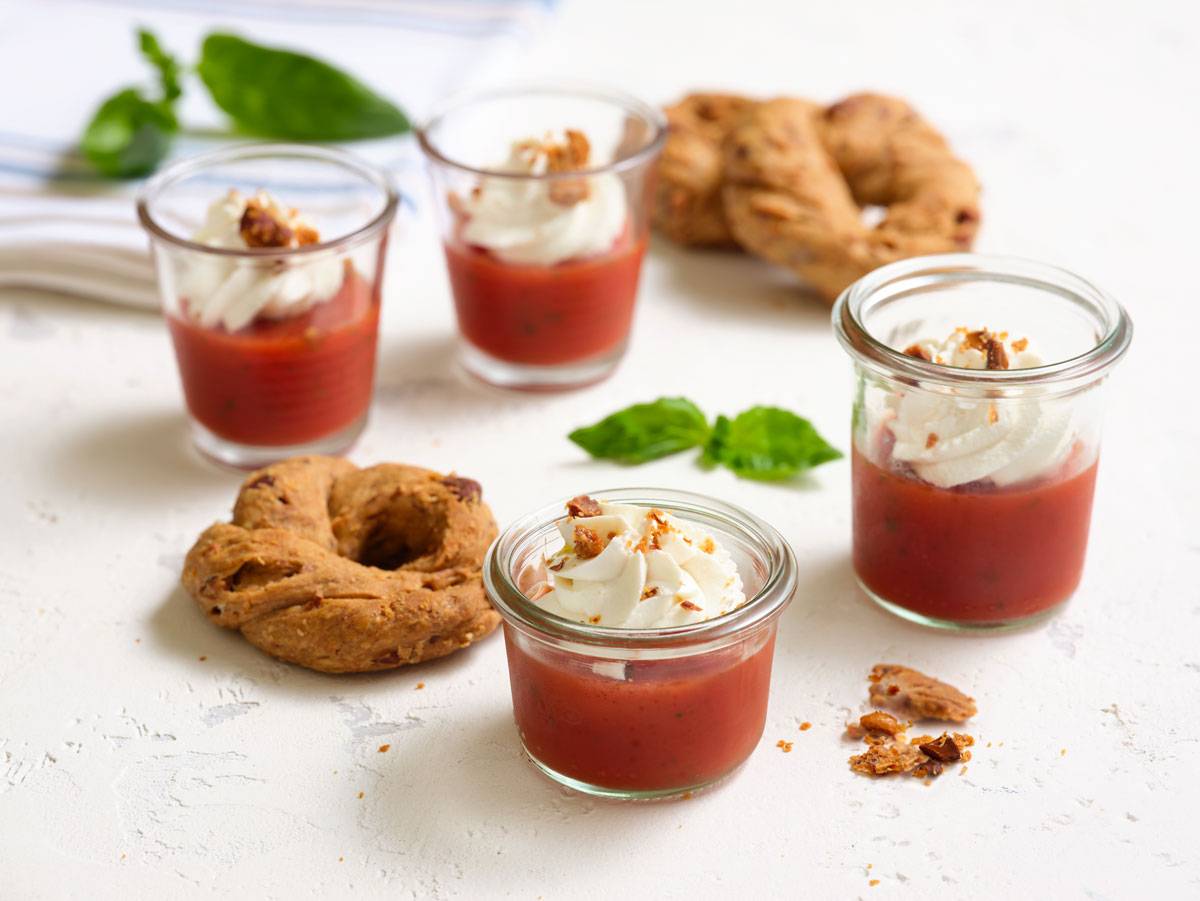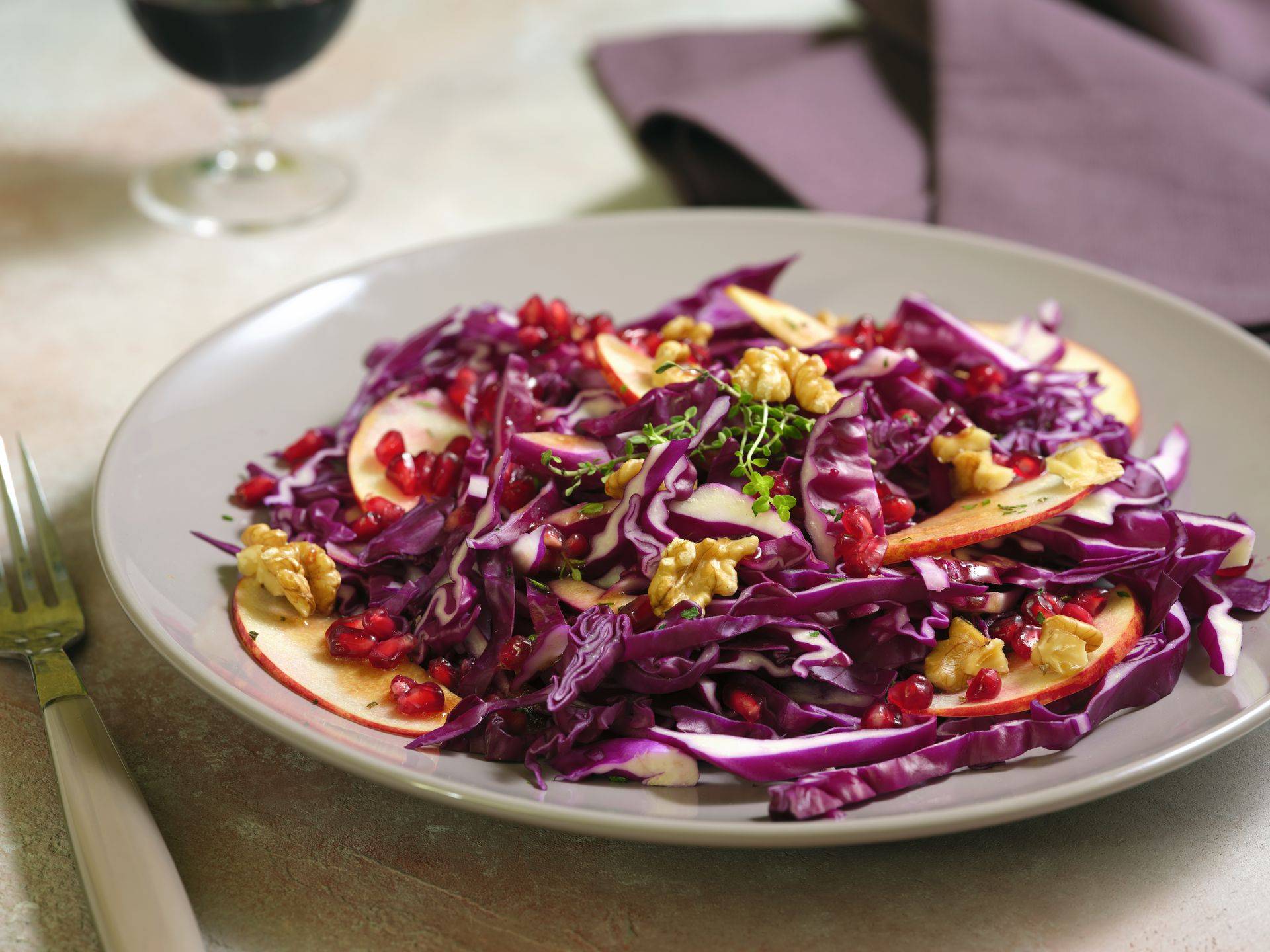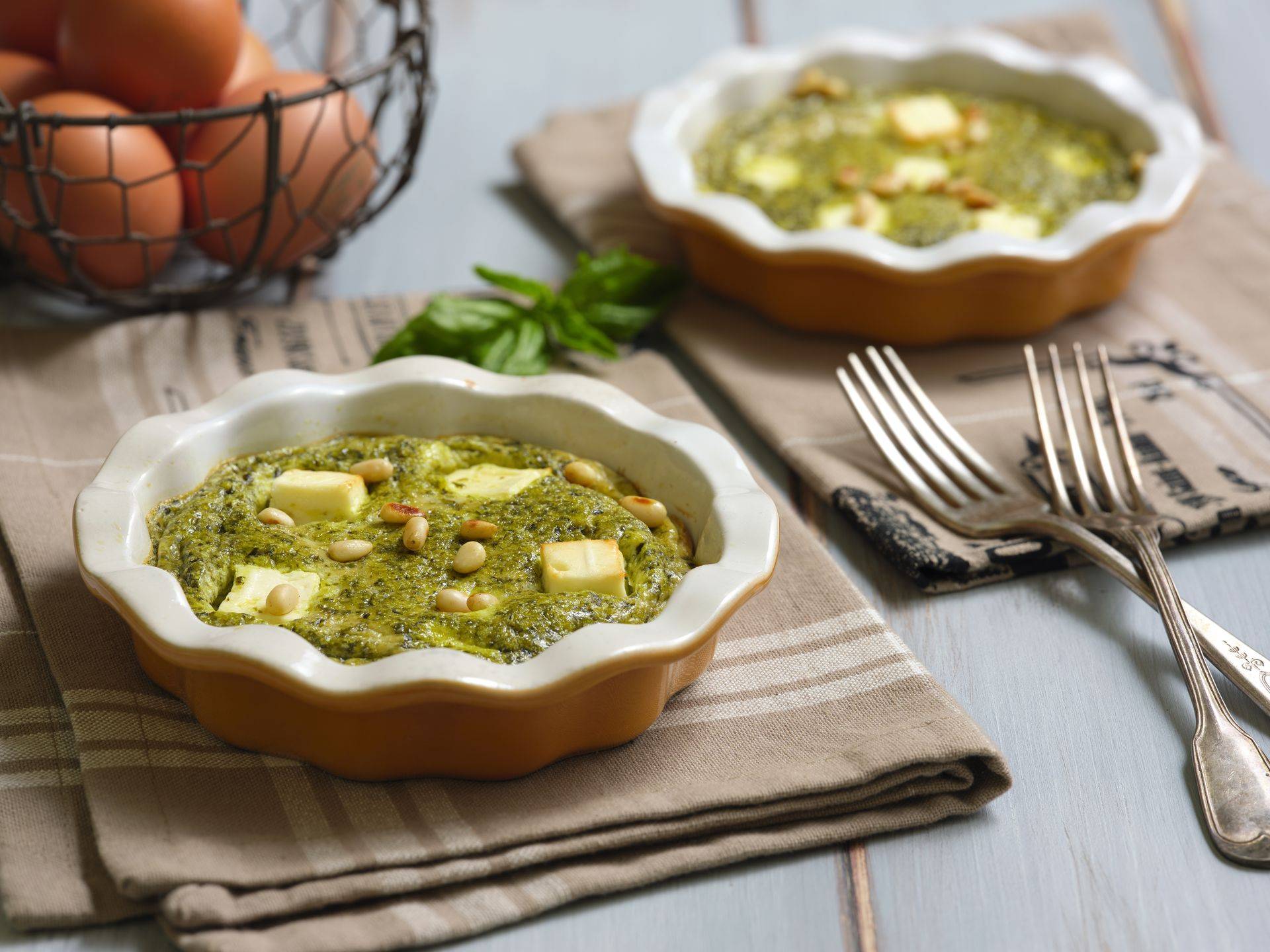.png)
How to make vinegar: procedure and characteristics
Organic vinegar is the strong seasoning you don’t expect.
In the common idea of traditional Italian cuisine is not a condiment considered as important as oil but, after reading this article, you will change your mind and definitely try to produce your first homemade organic vinegar.
Considered fundamental for both condiments and food preserves, vinegar has countless benefits and has ancient origins dating back to the Babylonian period. Today in the kitchen the uses of vinegar are many: it serves to degrease sauces too heavy, makes the meat softer, and is also used for cooking freshwater fish. It is also very widely used in marinades and preserves called pickles, giving a unique flavor, appreciated by those who like strong flavors.
The composition of vinegar depends very much on the raw material from which it is obtained and, for this reason, it is advisable to always choose organic vinegars free of sulfites. Let’s find out together how to make homemade vinegar.
Homemade vinegar
In recent years we have discovered the beauty of homemade production, from yeast to jams, producing everything that is tasty and essential for a healthy diet. Not everyone knows, however, that, by choosing the best organic products, you can taste vinegar as good as the homemade one, or try, with simple steps, to give life to one of the most surprising condiments of Italian cuisine.
How to make wine vinegar
Wine vinegar is obtained thanks to the action of Acetobacter bacteria present in the wine that, in the presence of air and water, transform it into acetic acid. In particular, we talk about the mother of vinegar that, within a period of time, promotes the acidification of the alcoholic beverage. Of course, depending on the quality of the products and in this case of the wine, it will be possible to obtain a better quality vinegar for which we always recommend products of the organic chain. At this point let’s discover together what are the steps to produce wine vinegar at home:
- How to make the mother of vinegar: pour at least 2 liters of organic wine into a large opening bottle, the amount can also be reached by combining various bottoms of the bottle, the important thing is not to mix white and red wine. To obtain the gelatinous substance in which the bacteria that we will need to produce the vinegar reside, it will be necessary to cover the opening of the bottle with a cork or with a gauze cloth and place it in a dark place, at least for a month. It is important to remember that the quantity of wine must be lower than the capacity of the cask in order to allow aeration.
- Wine processing: the basis of a good vinegar there is a good wine. We recommend a young organic wine, with an alcohol content of 7,0 to 10,0. to obtain your vinegar in less time. Pour the wine into the vinaigrier, the container in which the wine will be processed and, once the mother of the wine has been removed from the bottle, add it to the surface of the wine to ensure the processing. Seal the container and store it in a dark place for at least another month at a temperature of between 25 and 30,000.
- Check the quality of the vinegar: once the time has passed it is essential to taste a few drops of vinegar and then open the tap of your Vinaigrier and try the taste. Once poured, if a gelatinous layer forms on the surface, it will mean that your homemade vinegar is not yet ready, on the contrary, if it does not form the patina will be ready and you will fill a bottle with your fine homemade wine vinegar. Be careful not to forget to pour the new wine inside the Vinaigrier to continue the acidification process.
How to make homemade balsamic vinegar
If you prefer a more full-bodied, sweet and soft vinegar, then here you will find valuable hints on how to make balsamic vinegar. Balsamic vinegar is one of the most used condiments in Italian cuisine. It is a type of vinegar typical of our country that is produced from filtered grape must, cooked and subjected simultaneously to alcoholic and acetic fermentation. Balsamic vinegar is used in our kitchens both to enhance savory dishes and desserts, but is it possible to produce it directly at home? The original balsamic vinegar takes time and space, it is traditionally obtained only from the cooked grape must, without the addition of any substance. This delicacy, however, requires a preparation process of about 12/25 years and the use of about 5 or 7 wooden barrels, for this reason on the market reaches very high prices. The classic balsamic vinegar, which is usually used in our kitchens, is very different although good and indispensable to enhance the taste of our dishes. But is it possible the homemade production of this delicacy? Let’s find out together the steps to follow to get it:
- Pour red wine vinegar into a large-mouth jug or bowl
- Add to taste the cooked grape must and mix well
- Taste and possibly correct to your liking: if the result is too sweet add vinegar, on the contrary correct with other cooked must
- Pour into a container for storing vinegar and let it rest for a few days.
At the end of these four processes the balsamic vinegar will be ready to be brought to the table to make your dishes full of taste! Tradition and familiarity come together, and the guarantee is the authentic and unmistakable flavor. Now that you know all the steps you just have to produce your organic vinegar and amaze everyone by exalting each dish with home made vinegar with a unique taste!
